-
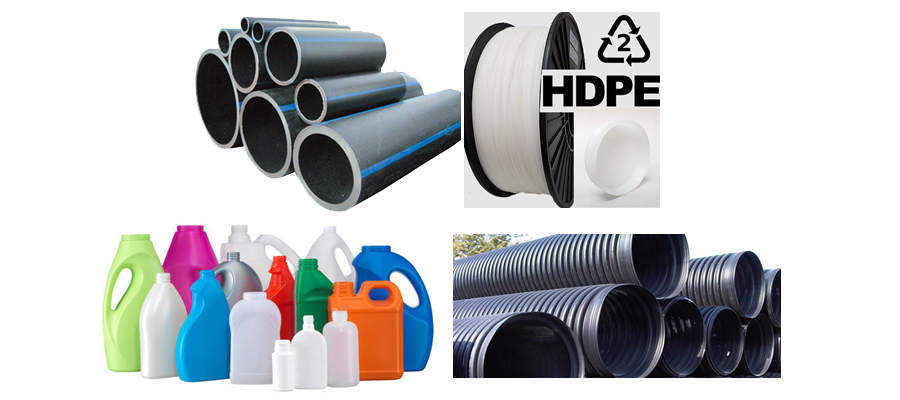
A Guide to Plastics Commonly Used in Blow Molding
Choosing the right plastic resin for your blow molding project can be a challenge. Cost, density, flexibility, strength, and more all factor into what resin is best for your part. Here’s an introduction to the characteristics, benefits, and drawbacks to resins commonly u...Read more -
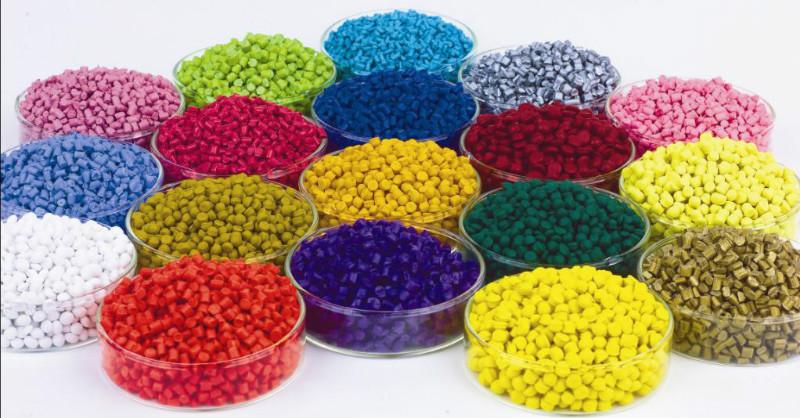
PE, PP, LDPE, HDPE, PEG – What exactly plastic masterbatch is made out of
The general view of plastic masterbatch Plastic masterbatch could be seen as polymers masterbatch. Polymers can be made from many different kinds of ‘mers’ which stands for chemical units. Most chemical units are sourced from oil or ...Read more -
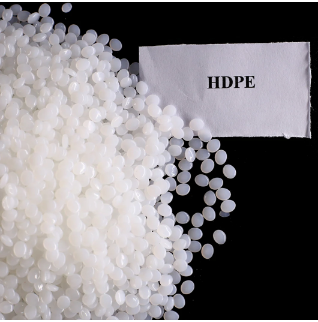
PE (Polyethylene)
Polyethylene is the most widely-consumed thermoplastic in the world by volume. We produce three types of polyethylene, namely HDPE, LDPE and LLDPE where: a) HDPE products are characterised by greater toughness and superior mechanical strength, coupled with higher service...Read more -

High-Density Polyethylene Films
Properties High density polyethylene or HDPE is a low cost, milky white, semi-translucent thermoplastic. It is flexible but more rigid and stronger than LDPE and has good impact strength and superior puncture resistance. Like LDPE, i...Read more -
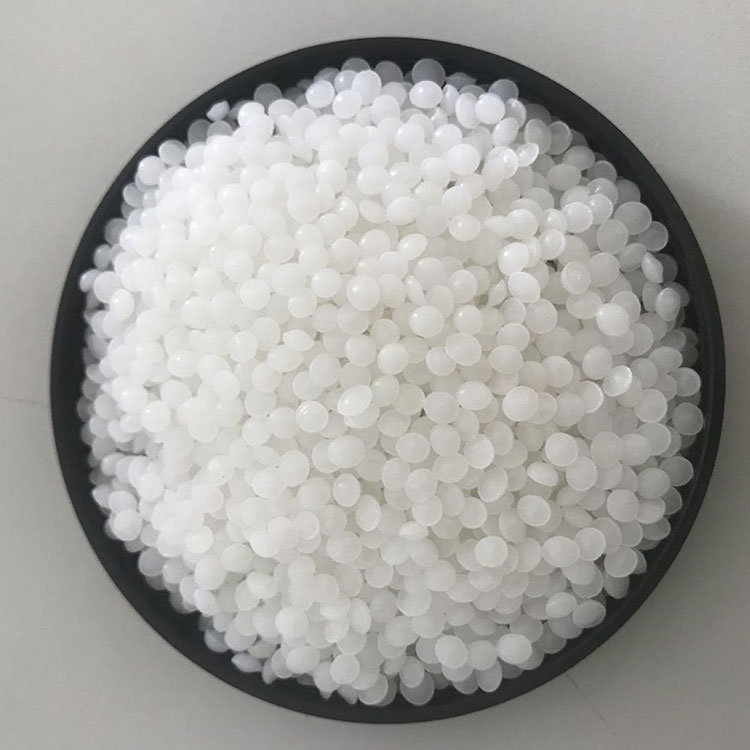
Top 5 common application of polypropylene
Polypropylene is a type of thermoplastic polymer resin. In short, it is a very useful type of plastic, with numerous commercial, industrial, and fashion applications. In order to understand better the common uses of polypropylene, we have to look at its main features and...Read more -
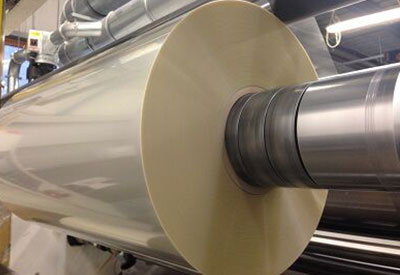
Polypropylene Films
Polypropylene or PP is a low cost thermoplastic of high clarity, high gloss and good tensile strength. It has a higher melting point than PE, which makes it suitable for applications that require sterilization at high temperatures. It also has less haze and higher gloss....Read more -
World consumption of PVC
Olyvinyl chloride, more commonly known as PVC, is the third-most-widely produced synthetic polymer, after polyethylene and polypropylene. PVC is part of the vinyls chain, which also comprises EDC and VCM. PVC resin grades can be used for rigid and flexible applications; ...Read more -
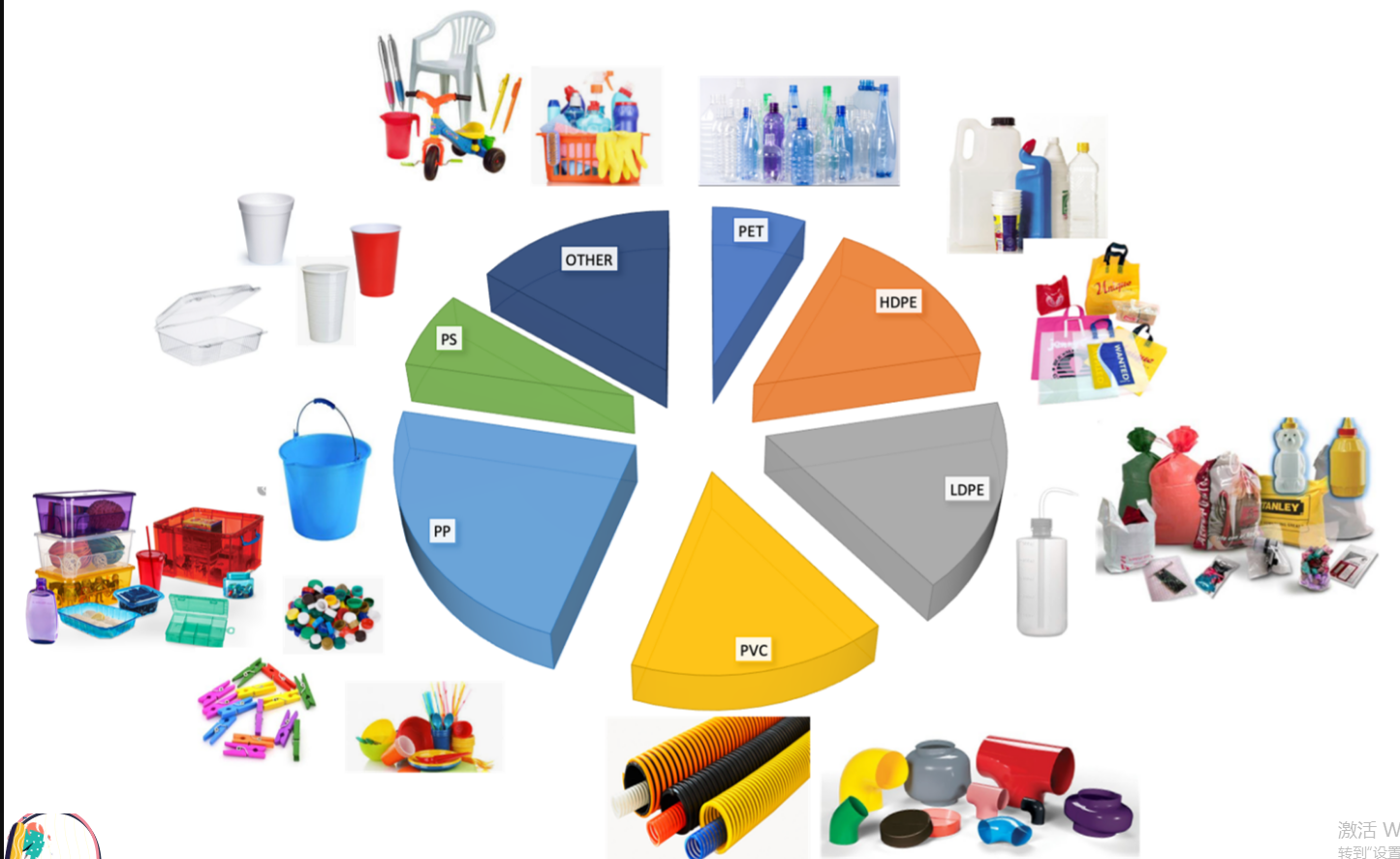
Polyvinyl chloride resin application
Overview of PVC(Polyvinyl chloride) Polyvinyl chloride (Polyvinyl chloride), abbreviated as PVC in English, is a polymer of vinyl chloride monomer (VCM) polymerized by peroxides, azo compounds and other initiators or under the action...Read more -
PVC K value
PVC Resins are classified by their K-Value, an indicator of the molecular weight and degree of polymerization. • K70-75 are high K value resins which gives best mechanical properties but are more difficult to process. They need more plasticizer for same softness. High pe...Read more




